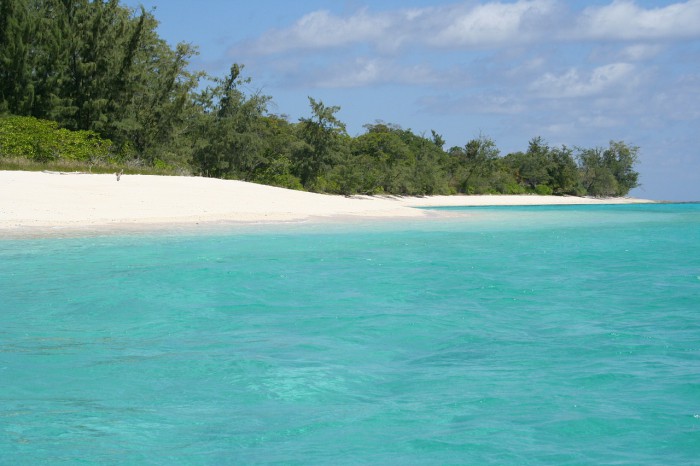5 of the Least Travelled Places in the World
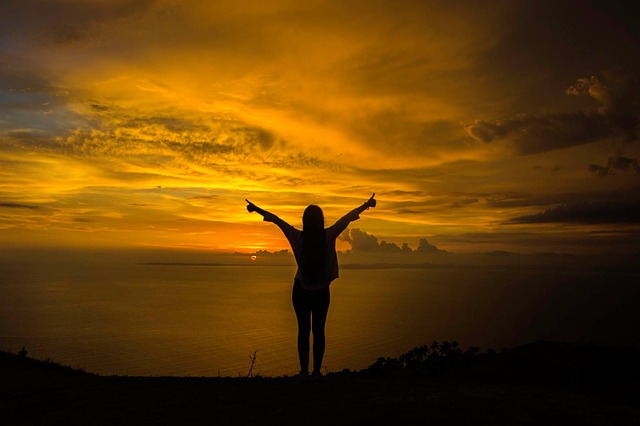
Photo via Pixabay
People travel for many different reasons, but what usually drives travel, is our burning desire for new and different experiences and places. What attracts people to a place is usually influenced by a combination between their interests, desires and their exposure to a place. There are many well-known places to travel to which many of your friends may have visited, you may have read about in the news or maybe even glanced at a captivating picture on social media. Then there are the most uncommon places in the world: these are the more remote places which are uncommon to travel to, seldom heard of and as a result almost never shared across your social media news feed. These are 5 of the least travelled places in the world.
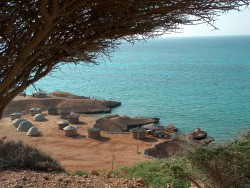
Photo via MaxPixel
1. Djibouti
This country is made up of dry shrublands, volcanic formations and Gulf of Aden beaches. It is located on the Horn of Africa and the population is mostly French- and Arabic-speaking. Lake Assal in the Danakil Desert is one of the saltiest bodies of water in the world. Along Lake Abbe, a body of water with chimney-like mineral formations is bordered with settlements of the nomadic Afar people. Travellers will want to visit this country for its unusual landscapes and historic cultures.
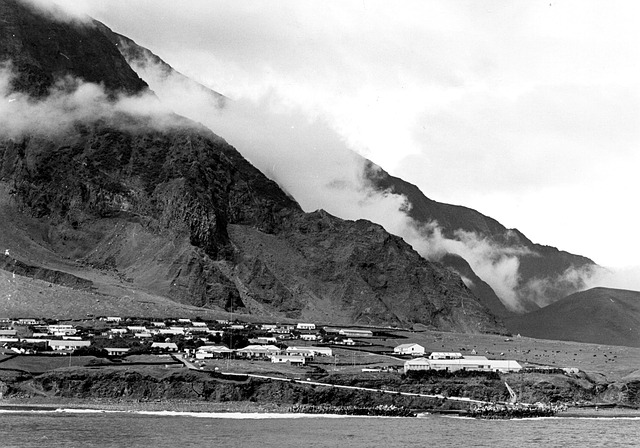
Photo via Pixabay
2. Tristan da Cunha
This main land is part of a remote group of volcanic islands in the south Atlantic ocean only has 262 permanent inhabitants. Although it is British territory, the nearest inhabited land is Saint Helena (1,200 mi) and the nearest continental land is South Africa (1,500 mi). The inhabitants rely on the farming and fishing industries for survival. This is one of the least visited places in the world since it has no airport, and can only be reached by sea. The island is quite mountainous and has been identified as an important bird life area. The more intrepid traveller will want to visit Tristan da Cunha for some rugged hiking, peaceful solitude and close interaction with the locals since there are not hotels or hostels and only self-catering houses provided by locals.
3. East Timor
This tiny country (5,400 sq mi) falls as part of Southeast Asia and is geographically located somewhere between Indonesia and Australia. The country’s climate is tropical and the landscape is mountainous. Most of the time it is quite hot and humid with distinct rainy and dry seasons. The wildlife is made up of unique animal and plant species which are sparsely populated. The country has some of the most beautiful beaches and coral reefs. Outdoor adventurists will want to visit this country for the trekking, biking, diving, whale-watching and all around great scenery.
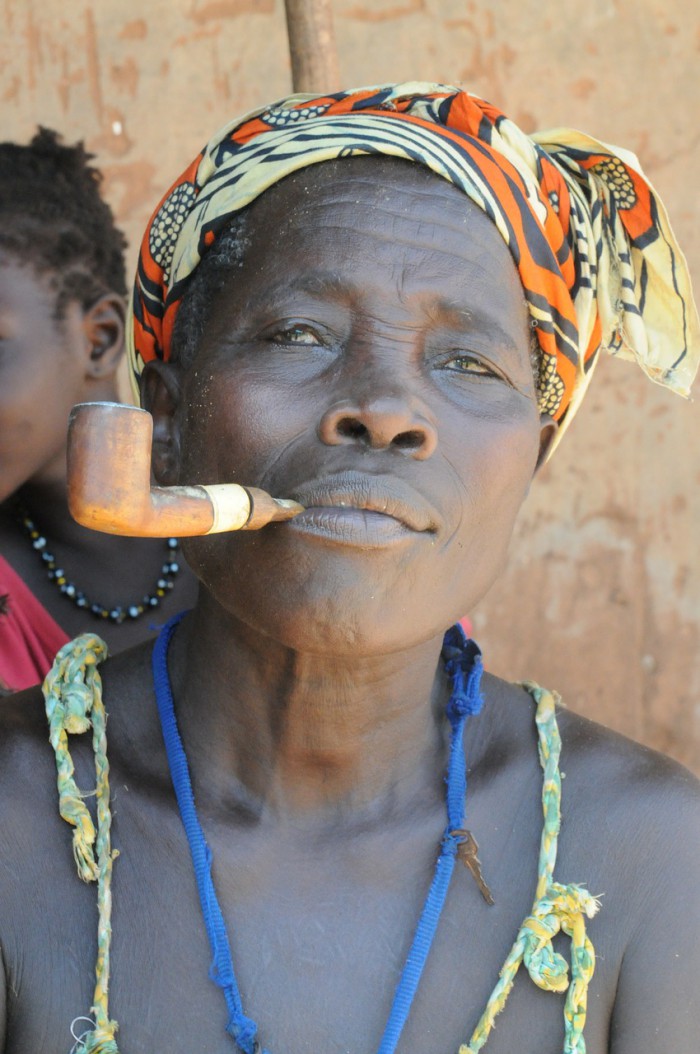
Photo via Pixabay
4. Guinea-Bissau
This tropical country is on West Africa’s Atlantic coast and is known for national parks and wildlife including hippos, monkey, chimps and more. The country relies largely on financial aid due to the massive foreign debt and is currently classified as one of the poorest countries in the world. Local farmers rely predominantly on the cashew nut crop as the main source of foreign exchange to earn a modest living. The diverse ethnicity of the country’s population is made up of mixed Portuguese and African descent. This diversity has created a fascinating array of distinct languages, social structures and customs. Travellers will want to visit this country for its exceptional coastal beauty, grilled oysters and cultural diversity.
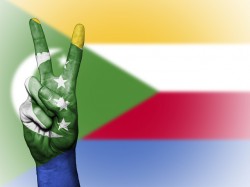
Photo via Pixabay
5. Comoros
This beautiful place is an extensive group of islands off the east coast of Africa which were formed by volcanic activity. It is situated in the warm Indian Ocean waters of the Mozambique Channel. The countries closest to Comoros are Mozambique, Madagascar, Tanzania and the Seychelles. It is surrounded by beaches and old lava from active Mt. Karthala volcano which is currently one of the most active volcanoes in the world. The population of Comoros are from Arab and African origins. Travellers will want to visit this country for its generous natural resources and plentiful beaches without having to fight off millions of tourists as you would on similar islands like Mauritius and the Seychelles.
Although many of these places are harder to travel to or are less comfortable for tourists, they still have a rare story to tell. Sometimes the places attracting the least tourists, make for the most interesting new experiences. Many people travel to new places to learn about different cultures, to learn new languages and to enjoy the unique landscape or architecture of a place. How will you decide where you travel next?

